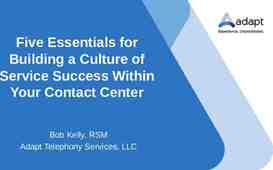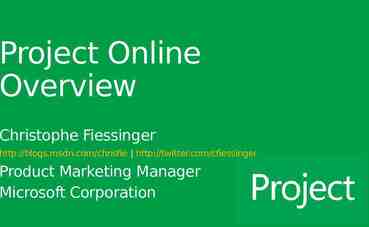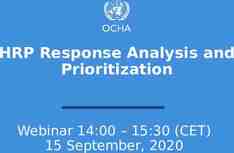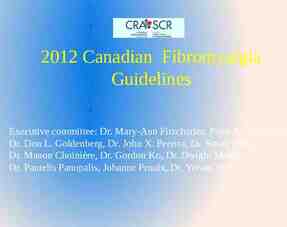Introduction to the Fourth Industrial Revolution Rui M.
23 Slides4.06 MB

Introduction to the Fourth Industrial Revolution Rui M. Lima, Cristiano Jesus (School of Engineering of University of Minho) Curriculum Development of Master’s Degree Program in Industrial Engineering for Thailand Sustainable Smart Industry

History – Industrial Revolution (IR) 1st IR, 1784 – Steam machine 2nd IR, 1870 – Electricity 3rd IR, 1969 – Information Technology and Telecommunication 4th IR, today – Internet of Things, Artificial Intelligence

Industry 4.0 Germany – Industry 4.0 Greece – Operational Programme Portugal – Portugal i4.0 Sweden – Produktion 2030 USA – Manufacturing Renaissance Finland – Industrial Internet Business Revolution Netherlands – Smart Industry Poland – Digital Manufacturing for SME United Kingdom – High Value Manufacturing India – Smart Manufacturing France – Industrie du Futur Singapore – Precision Manufacturing Spain – Fabricacion Avanzada China – Made in China 2025 Italy – Fabbrica Intelligente Japan – Innovation 25’ Program Belgium – Made Difference Switzerland – Industrie 2025 Austria – Produktion der Zukunft

Assumptions and principles Proportion of people aged 16-74 using the Internet in portable devices, Portugal and EU-28, 2012-2016 By 2030, a large part of the global population will have a mobile phone; Transition from product to service National Institute of Statistics, Portugal Netflix, Spotify, Uber, Airbnb, etc. Transition from security in the profitability of assets through scale production to variety at the level of product configuration.

Industry 4.0 Attributes Interoperability or the ability to achieve results by different means, to perform the same functions, despite possible exchange of equipment and manufacturers. Decentralization, which corresponds to the ability to make decisions without dependence on a data processing center or a decision-making body of human resources. Virtualization, reproduction resource or simulation of the real world in virtual mode. Modularity, capacity for change, to make processes more comfortable and adherent depending on environmental configurations and the need for variations in product design. Real-time reaction through analysis of large volumes of data that allow the identification of profiles and even subtle changes in scenarios. Orientation to services made possible by the integration of processes, since they present themselves as adequate means to mediate the relationship of the consumer market with the companies, as an opportunity for improvements in the final use of the product.

Business Model Technology Process and project based management Internet of Things (IoT) Cloud Computing Human-computer collaboration Data Science Equipment integration Collective Intelligence Big Data Analytics Artificial Intelligence Machine learning Virtualization Sustainability Economic Prototype and simulation Security Augmented reality Environmental 3D Printing Robotics systems

Industrial Internet of Things (IIot) Source: Control Global

Cloud Computing Source: freepik.com

Data Science (Artificial Intelligence, Machine Learning, Big Data Analysis) Deep Learning Source: Understanding Different Components & Roles in Data Science (Divya Singh)

Prototype and simulation Tecnomatix - Siemens

Augmented Reality Siemens PLM Software

3D Printer (additive manufacturing) Source: freepik.com

Autonomous systems

Reconfiguration traditional plans Definition or review of strategic parameters: Scope and boundaries of organizational objectives Mission, vision and values SWOT (strengths, weaknesses, opportunities and threats) Mapping and optimization of processes Analysis of return on investment (ROI) Planning Execution Monitoring, evaluation and continuous improvement.

Reconfiguration plans reviewed Readiness assessments are evaluation and analysis tools that aim to determine the level of preparedness of an organization in terms of conditions, attitudes and resources. Frameworks are collections of procedures, methods and tools focused on the design of an organizational architecture or a system. Roadmaps are "plans that match short-term and long-term goals with specific technology solutions to help to meet those goals". Maturity models are models that help organizations achieve expected skills in specific dimensions such as culture, processes, resources, etc., through continuous improvement processes.

Process-based management Environment Organization (Business Process) People (Organizational Culture) The ultimate goal is to become an agile company, capable of continuous and agile adaptation to a changing environment. System Technology (Resources) The company as a complex system Source: Laudon, Kenneth C.; Laudon, Jane P. (2019). Information Systems. Pearson.

Scope Generic Model They are generic and their application depends on consulting and external evaluations of the processes to identify the level of maturity. Specific Model Another way to address the demand for maturity assessment is by choosing to build a model to meet a specific condition. It is common in such cases to use an existing model as a reference. In any case, the identification of success factors that should be considered is a fundamental element.

Generic Maturity Model Capability Maturity Model (CMM) & Capability Maturity Model Integration (CMMI) IMPULS Industrie 4.0 Readiness Model, by VDMA, RWTH Aachen and IW Consult Manufacturing Value Modeling Methodology (MVMM), by Gartner Maturity Model Industrie 4.0 Maturity Index, by Acatech PwC Industry 4.0 – Enabling Digital Operations and Self Assessment; BCG – Digital Acceleration Index; The Maturity Model for Assessing Industry 4.0 Readiness and Maturity of Manufacturing, by Fraunhofer Austria; Minnosphere and Hochschule Neu-Ulm – University of Applied Sciences, online-assessment, digitale readines of companies; Federal Ministry for Economic Affairs and Energy Germany (BMWi), Industrie 4.0 – Checkliste: Kommt Industrie 4.0 für unser Unternehmen in Frage; Deutscher Industrie-und Handelskammertag (DIHK) – Selbsttest zum digitalen Reifegrad; The Connected Enterprise Maturity Model, Rockwell Automation; Industry 4.0/Digital Operations Self-Assessment, Pricewaterhouse Coopers.

Maturity levels (Acatech) Computerization - use of information technology; Connectivity - integration of IT tools; Visibility - sensors allow processes to be monitored from end to end; Transparency - digital shadow indicates the current situation; Predictive capacity - ability to simulate scenarios; Adaptability - ability to adapt continuously.

Maturity levels (Acatech)

Maturity index (Acatech)

Sustainability Source: Bakkari, M., & Khatory, A. (2017). Industry 4.0: Strategy for More Sustainable Industrial Development in SMEs. Proceedings of the IEOM 7th International Conference on Industrial Engineering and Operations Management, (Rabat, Morocco), 11–13. Social Bearable Equitable Sustainable Environment Economic Viable

Thank You Curriculum Development of Master’s Degree Program in Industrial Engineering for Thailand Sustainable Smart Industry






